Every time a manufacturer like Kodak or Fujifilm announces a price rise on one or more film stocks, there is a lot of howling online, whether in the comment sections of articles or in online forums, as if somehow the price hikes are greedy, spiteful, and personal, meant only to harm the lives of loyal, indigent, analog, fanatics. You can see some of the moaning in the comments on my 35mmc piece on Fujifilm’s release of Neopan Acros 100 II, and also in the comments of Johnny Martyr’s superb and sanguine article on Kodak’s 2020 price hike that provoked more than one sanguinary response!

As for me, I’m OK with price hikes on analog film if that is what it takes for a business to justify continuing offering the stocks. In my view, a price rise is far preferable to discontinuing a film stock, or worse—withdrawing from the market altogether.
 And it is not as if companies like Kodak and Fujifilm don’t care about their film customers. After all, both companies have been introducing—or rather re-introducing—film stocks during the last few years following a regular drumbeat of discontinuations over the last decade or so. Kodak re-introduced Ektachrome slide film as well as T-Max P3200, and good on them. Fujifilm introduced Neopan Acros 100 II only a year after discontinuing the original.
And it is not as if companies like Kodak and Fujifilm don’t care about their film customers. After all, both companies have been introducing—or rather re-introducing—film stocks during the last few years following a regular drumbeat of discontinuations over the last decade or so. Kodak re-introduced Ektachrome slide film as well as T-Max P3200, and good on them. Fujifilm introduced Neopan Acros 100 II only a year after discontinuing the original.
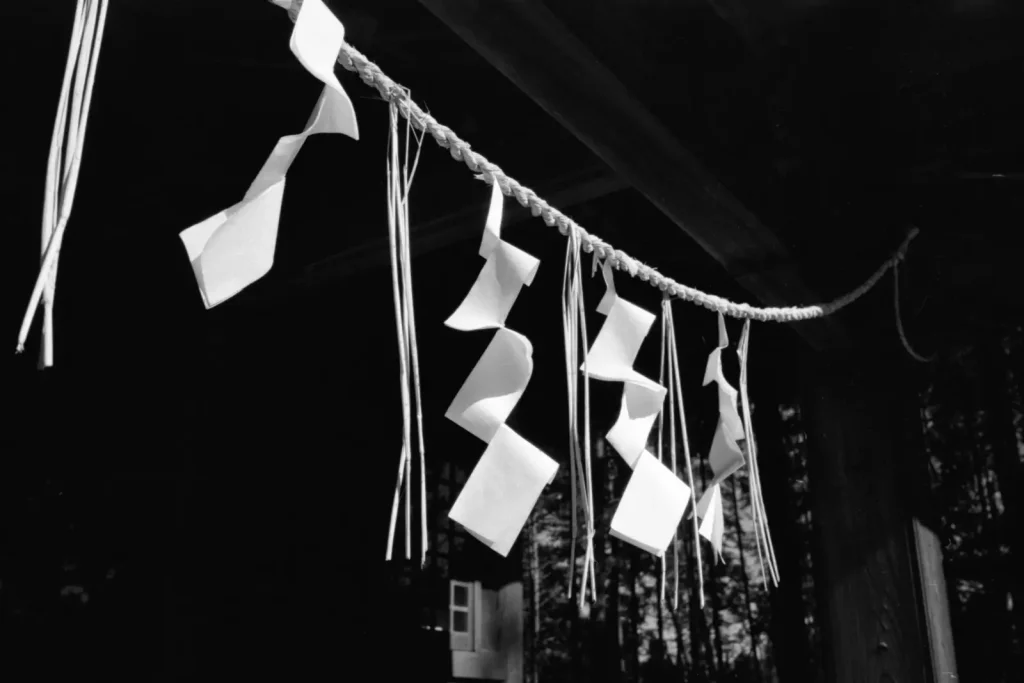
Kodak raised prices on January 1st this year on all its films. Kodak apologized to its customers about for the price hikes, but explained they were needed. Their film business has doubled in the last five years. Yes, that’s right. Doubled, and Kodak wants to generate profits to reinvest in production infrastructure to be able to service the increasing demand. Think about that for a moment. Kodak is investing in production capacity—for film.

It would seem to me that for film enthusiasts who have been bemoaning the demise of film have now gotten exactly what we had hoped for—a real revival. Kodak and other manufacturers are investing in production infrastructure and releasing new film products, which is exactly what so many analog shooters had been clamoring for.

Yet some people just can’t take yes for an answer! Some of the very same people who had been lamenting the demise of film now bemoan the price increases that usually accompany a rapidly expanding market in the early stages of growth. File that under “Be careful what you wish for.”

In the United States, the Kodak price increases, while substantial, are far from outrageous. Even an avid Kodak shooter is looking at maybe spending a few hundred dollars more per year on a hobby he or she loves, but not thousands of dollars, assuming he or she does not go for a cheaper alternative. And how much are you spending at Starbucks each year anyway?

In Japan where I live, the Kodak price increases are more pronounced, and that is understandable. After all, there are intermediary businesses involved in import and local distribution. There are shipping costs, import duties I imagine, and then there is the October 2019 increase from eight to ten percent in Japanese consumption tax, which is equivalent to European VAT, Australian GST, and sales taxes in the United States. All in all, Kodak T-Max 100 film for example, nearly doubled in price in Japan since 2017, and it was still significantly more expensive in Japan than in the U.S. to begin with.
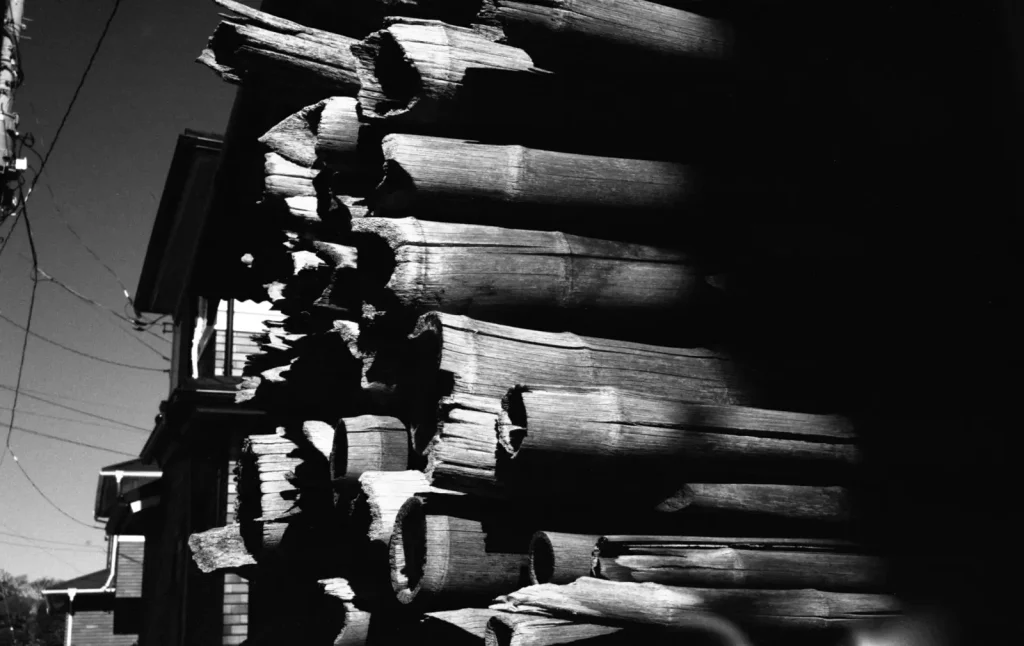
But like I mentioned above, I’m not a complainer. I am thrilled for Kodak. I like Kodak. I want to support Kodak because I love their monochrome film stocks. The price increase per roll however did make me think—and not about switching to another brand.

At the end of last year, Daniel Sigg published on 35mmc an excellent piece on bulk loading film. Kodak’s Japan distributors don’t handle the one-hundred foot reels of 35mm film, so you cannot buy these in Japan. However, B&H in New York does sell them, and B&H has some of the best online ordering and shipping support for international customers of any online business I know anywhere in the world. It is so good, B&H can tell me the exact shipping costs and duties to my Japan address for everything in my shopping cart even before I click the order button. Not even Amazon can do that!
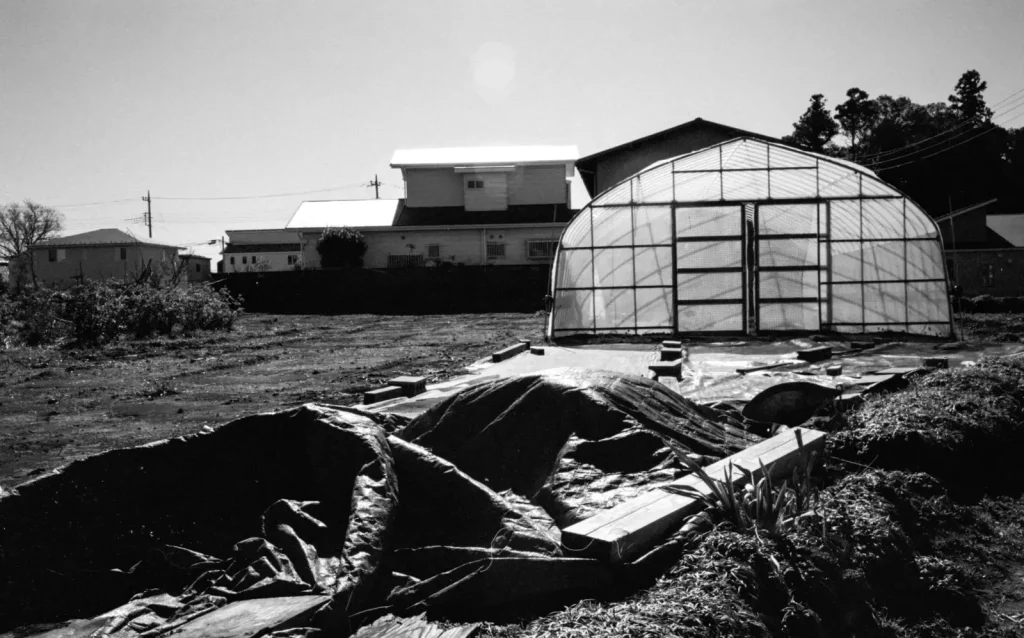
And click I did. The goods arrived by DHL less than one week later. I immediately went to work loading my canisters with 36 frames each. I filled nineteen of them, and still had about eighteen frames of film left at the end. Not bad. I suspect as I get more efficient at loading, I’ll squeeze out twenty canisters per reel.

Interestingly, even with the shipping and taxes, I am still better off ordering Kodak film in bulk reels from New York than buying rolls locally in Japan. And better yet, by doing so I am still supporting Kodak’s business. And if that weren’t enough, I was beginning to feel some pangs of guilt with all that waste from rolls of film—the aluminum canisters and caps, and the plastic spools that merely go into the bin. I like the idea of reusable canisters if for no other reason than to reduce my household waste even further. In Japan, this is a big deal.
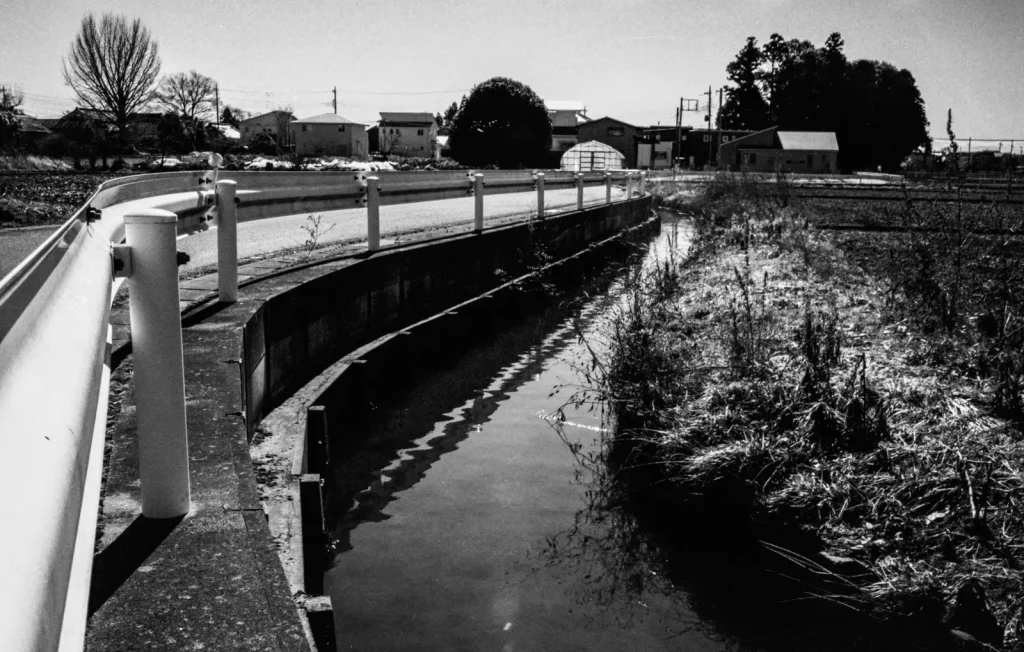
So in a way, I’m happy for Kodak and even grateful for the price increase. It will make Kodak more successful in the future to continue to support my hobbies and passions. And, the price increase prompted me to transition to a more sustainable solution.

So, thank you Kodak. Keep it up.
The photos in this piece were shot from the first rolls of film I loaded from a one-hundred foot reel of Kodak T-Max 100. I used a Leica M7 with an Elmarit-M 28mm f/2.8 ASPH. and a Leica M3 with a first gen Summicron 35mm f/2. I used yellow filters on both lenses, and shot at EI 640. I push processed with T-Max Developer for EI 800.
I am a street photographer who lives in Japan. If you would like to see more of my work, have a look at my website bleisteinphoto.com, or my Instagram @sbleistein
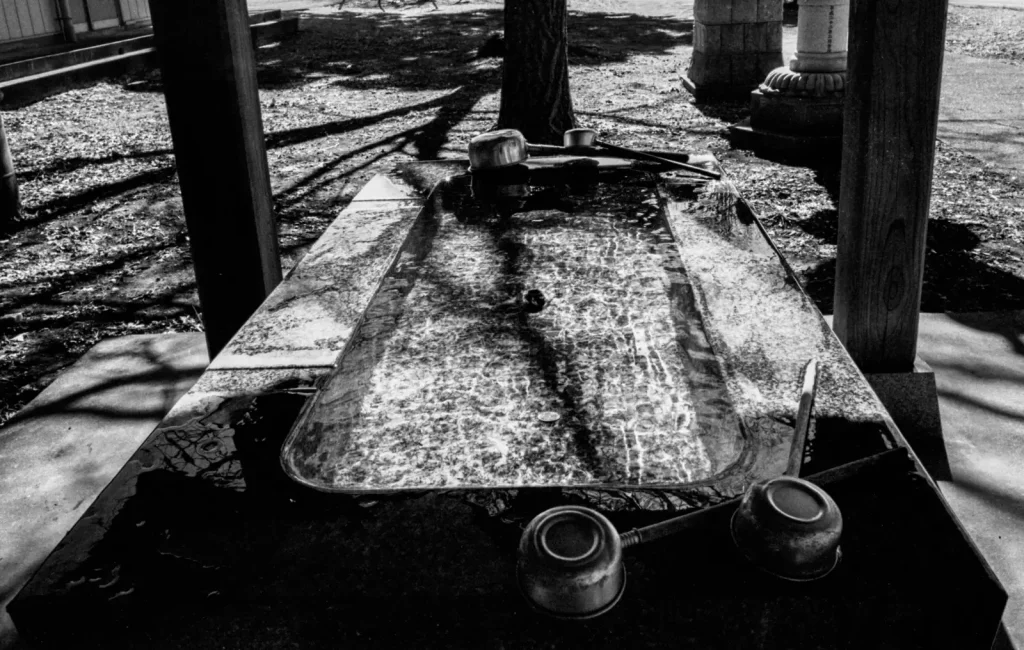
Share this post:
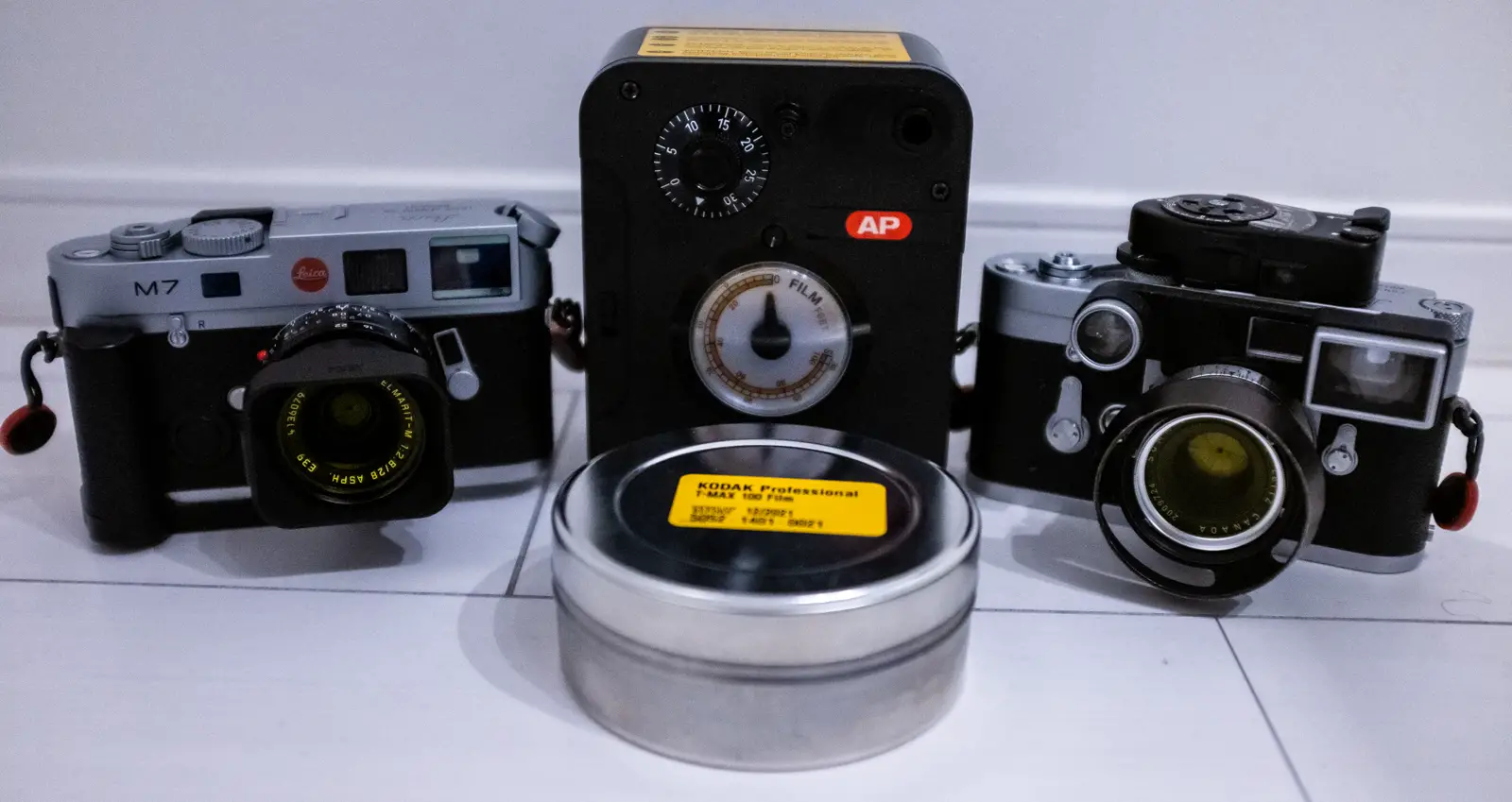








Comments
jeremy north on Some Thoughts and Experiences in Favor of the Price Hikes on Film – Steven Bleistein
Comment posted: 27/02/2020
One thing that doesn't help the manufacturers is the amount of film products being sold second hand. I make a point of buying only new film.
One benefit from the price increase is that people will think twice before releasing the shutter hence not flooding the internet with crappy pictures. They also will, hopefully, not abuse film by deliberately ruining it for experimental purposes :-)
Comment posted: 27/02/2020
Eugen Mezei on Some Thoughts and Experiences in Favor of the Price Hikes on Film – Steven Bleistein
Comment posted: 27/02/2020
Kodak for a decade whined that their production capacities are too large. That they don't sell enough to make it profitable. So a price rise will produce more sale?
Everybody has a point where he is not willing to spend a certain amount. For a majority of photogpraphers this point was reached, they are the ones who gave up on film already. Film enthusiast hold out, but the point will come for them too. For the ones sooner, for others later.
I have 3 fridges full, for me not only the time to buy new stock did arrive, I also do not buy more old stock.
When it is gone, it is gone and it will be digital. I did not shot film for the reason it is film. I shot it for filmcameras having better finders and the bigger image surface. But quality digitals with usable finders come into price regions I can now afford and MF digital is also coming down to what my purse is willing to spill.
In the end economics always wins, even in face of the fiercest fanatism.
Comment posted: 27/02/2020
John Haney on Some Thoughts and Experiences in Favor of the Price Hikes on Film – Steven Bleistein
Comment posted: 27/02/2020
We can have it one way, or another.
Limited to very limited availability of film, or growing prospects for film.
I'll take the price hikes any day.
Comment posted: 27/02/2020
Roger B. on Some Thoughts and Experiences in Favor of the Price Hikes on Film – Steven Bleistein
Comment posted: 27/02/2020
Comment posted: 27/02/2020
Rob B on Some Thoughts and Experiences in Favor of the Price Hikes on Film – Steven Bleistein
Comment posted: 27/02/2020
Understanding that Kodak Alaris has a primary duty to fund the Kodak UK employee pension fund, they couldn’t take the short term hit to generate the capital they needed to spin these lines back up.
Add the fact that there are literally only one or two makers of film base left and well, I think you get the picture.
I’m in agreement, this is a much needed investment and will pay dividends down the road. Personally, I have started to shoot more digital and try some budget film stocks to offset the increase (~30% here in the US). I also process my own B&W and scan my own negs, both color and B&W to cut down processing costs.
We can still shoot film, we just might have to make a few adjustments to keep it affordable until the market stabilizes and prices can find a good equilibrium.
Comment posted: 27/02/2020
Huss on Some Thoughts and Experiences in Favor of the Price Hikes on Film – Steven Bleistein
Comment posted: 27/02/2020
Did your posts. Here's da ting. If you mail order film from abroad, and others do that too, the domestic film sales suffer causing mfgs to increase prices resulting in more people googling how to buy cheap film, coming to this site and reading about what you are doing. Resulting in more of the same. Resulting in the implosion of the Japanese film market.
Is that what you want? Is it?
;p
Best regards
Huss
Comment posted: 27/02/2020
Adam on Some Thoughts and Experiences in Favor of the Price Hikes on Film – Steven Bleistein
Comment posted: 27/02/2020
Comment posted: 27/02/2020
Jose on Some Thoughts and Experiences in Favor of the Price Hikes on Film – Steven Bleistein
Comment posted: 28/02/2020
Comment posted: 28/02/2020
eric on Some Thoughts and Experiences in Favor of the Price Hikes on Film – Steven Bleistein
Comment posted: 28/02/2020
... ... I have readen again, I have watched the pictures again ... ...
Tmax 100 at 640, just one question to create a kind of little debate, why not Tmax 400 at 640 ?
Comment posted: 28/02/2020
David Hume on Some Thoughts and Experiences in Favor of the Price Hikes on Film – Steven Bleistein
Comment posted: 28/02/2020
Comment posted: 28/02/2020
Comment posted: 28/02/2020
Comment posted: 28/02/2020
Comment posted: 28/02/2020
Ashley Carr on Some Thoughts and Experiences in Favor of the Price Hikes on Film – Steven Bleistein
Comment posted: 28/02/2020
The UK is one of the most expensive markets for film. Alongside a price hike usually comes a discontinuation, especially from FujiFilm. Is the UK not shooting enough film, I don’t know.
It’ll soon be at a stage where shooting film is just a thing you do once in a while. Kodak Ektachrome costs £17.00 in the UK for a 36 exp 35mm roll. It costs £11 in the US and £15 in Japan. Factor in E6 development and we’re north of £20! At that price will anyone settle on that stock to shoot a project, very doubtful. It’ll be a film people buy once to try and make a blog post about, a film for special occasion. Can a stock that’s used like that be sustainable, I doubt that too.
One more example of UK pricing. A bulk roll of string-x here costs £120 in the US it’s £75. You can’t tell me shipping costs that much. After all HP5 made close to me can travel 3000 miles yet end up cheaper when it lands in the US.
Price is a factor to me, I use film for all my personal project work and easily average 5-10 rolls a week. I don’t mind paying for a quality product and I’m happy to support local industry and Ilford are doing a fine job but I do resent feeling like I’m somehow being ripped off.
Comment posted: 28/02/2020
Jim Graves on Some Thoughts and Experiences in Favor of the Price Hikes on Film – Steven Bleistein
Comment posted: 28/02/2020
Kodak has not been in a position to invest in anything since 2006, now it can I am thankful they told us straight that they were going to invest in its production infrastructure. It wouldn't surprise me to discover Kodak have been cannibalising old machinery in order to keep production going. I also wouldn't be surprised if some old timers were going back to teach the knowledge they have to a new generation of Chemists and Engineers and ensure Kodak will be producing film well into the 21st century. If that costs me an extra couple of quid a roll, I am a happy man.
Comment posted: 28/02/2020
Aaron Gold on Some Thoughts and Experiences in Favor of the Price Hikes on Film – Steven Bleistein
Comment posted: 29/02/2020
I suppose they should keep in mind that what people want from film is changing. Used to be we'd pay more for the finest grain and highest speeds (ie tabular-grain film) but now we can get that fine resolution from digital, so I would think there's even more interest in older stocks and a grainy film like Fomapan might even seem more desirable than it was in the 1990s.
Me, personally, I have settled on Ilford FP4 and HP5 and buy it in bulk rolls, rolling as needed. I would probably stick with it unless it got ridiculously expensive.
Comment posted: 29/02/2020
Graham Orbell on Some Thoughts and Experiences in Favor of the Price Hikes on Film – Steven Bleistein
Comment posted: 01/03/2020
I bought my film, often Tri-X locally from Kodak NZ.
Nowadays in considering importing film from B&H, especially 4X5 sheet film which is now difficult to obtain locally, I wonder whether parcel post, and therefore mailed film is subjected to X-Rays in transit. Do you have any knowledge of this Steven? Thanks for your article.
Comment posted: 01/03/2020
John Robison on Some Thoughts and Experiences in Favor of the Price Hikes on Film – Steven Bleistein
Comment posted: 02/03/2020
Another cheapskate move is 4X5 using photo paper as a negative. About 25 cents per shot.
In fact, for dead film cameras (film no longer in that size), photo paper to the rescue. I was just gifted a Kodak #3 Brownie and yep, single shot, darkroom loaded paper saves the day....as long as the subject is a still life.
Comment posted: 02/03/2020